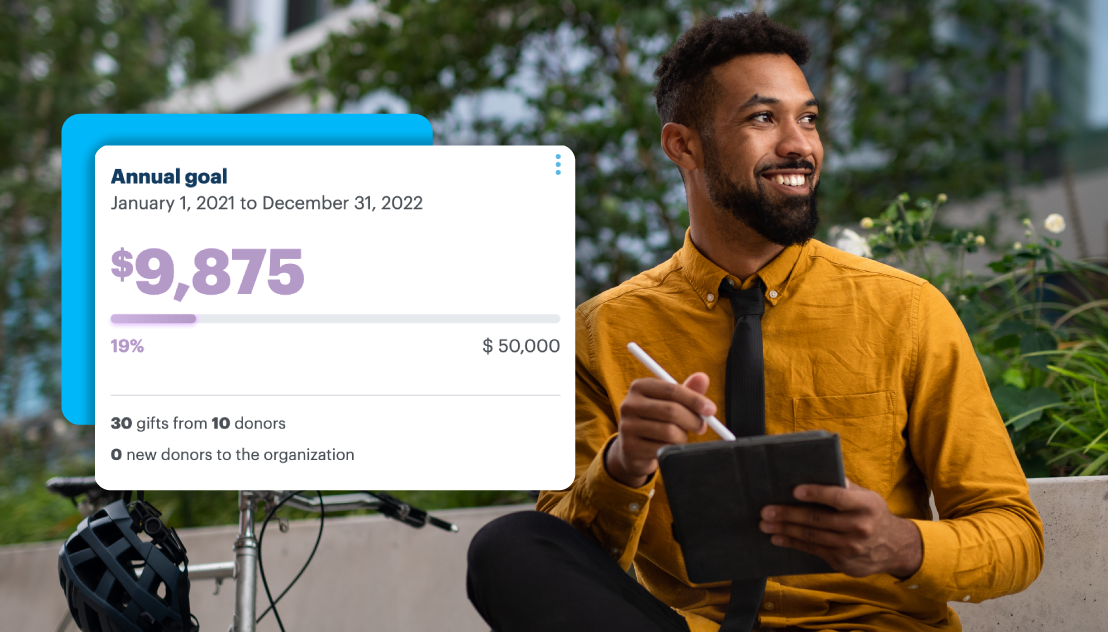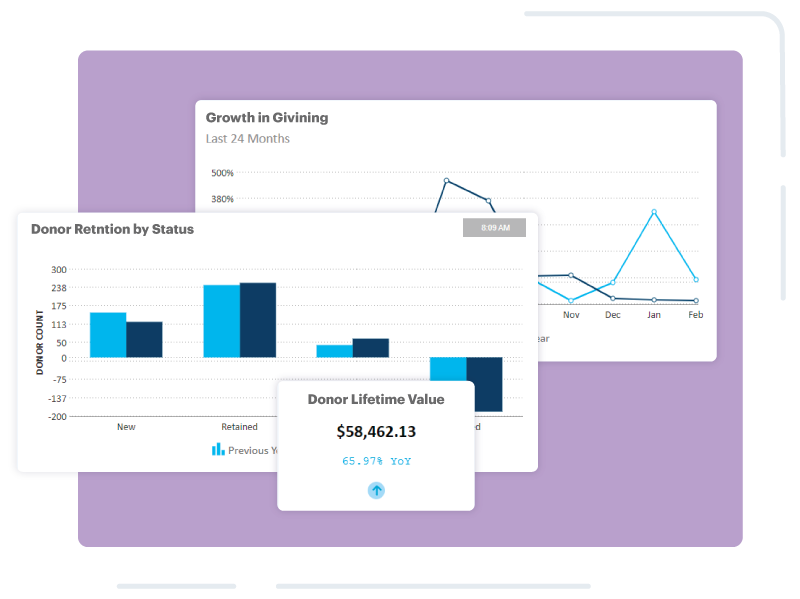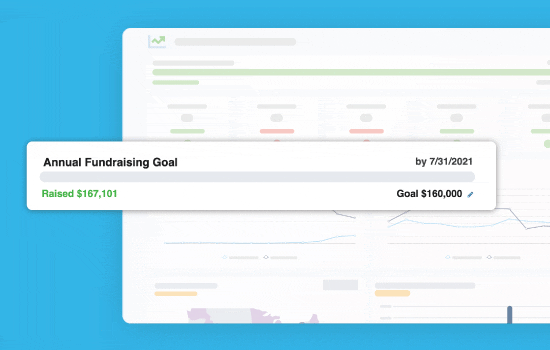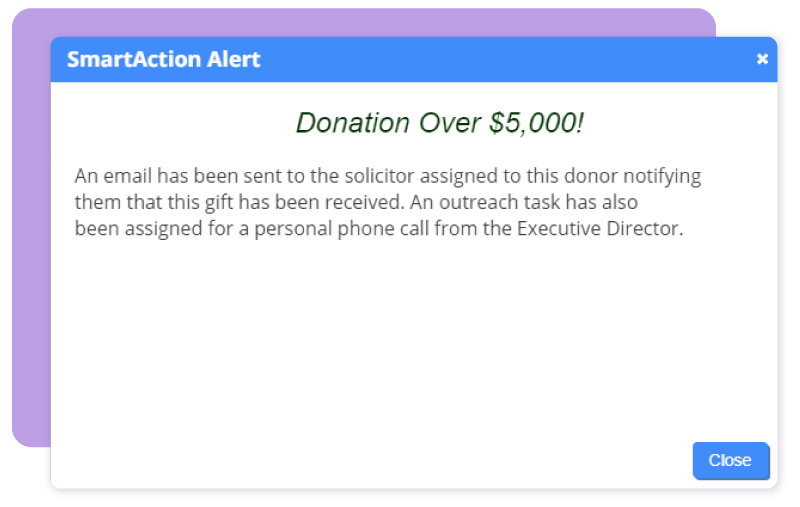Nonprofit Technology & Fundraising Blog
Subscribe to our mailing list

March 2, 2022 | Year End
Has your nonprofit set fundraising goals for 2022? More importantly, is your nonprofit still on track to hit your donation targets by year end?
According to data from exercise tracking giant Strava, most users who set fitness-related resolutions for the new year end up dropping them by January 19 (a day Strava employees lovingly refer to, “Quitters’ Day”). Setting big, audacious goals for ourselves and visualizing the outcome is only part of the process, and many goals come with a lot of hidden or unexpected additional work. For example, running a marathon is a huge and exciting goal to work toward, but it goes far beyond daily training. It’s easy to feel overwhelmed if you forget to account for your day-to-day tasks, plus the added laundry, meal prep, sleep needs, inevitable injury recovery, and other variables that might get in the way.
We’re well into 2022 and the excitement that came with setting your annual fundraising goals may have waned. Now is a good time for reflection and reevaluating what you’d like to accomplish this year, how your goals fit in to your real, day-to-day work life, and whether your nonprofit’s tools and strategies are up to the task.
The Association of Fundraising Professionals (AFP) launched the Fundraising Effectiveness Project (FEP) in 2006 and produces annual reports and analyses of philanthropic trends in the United States and globally. While no two nonprofits are exactly alike, FEP reports provide the information you need to compare yourself to other nonprofits of similar sizes, missions, geographic regions, and more. These annual fundraising benchmarks reports are available in DonorPerfect, and offer reliable insights to help you create fundraising goals that make sense.
How much money did you raise last year? Over the last five years? Are there particular fundraising strategies, like direct mail appeals or online events, that work particularly well for your donors, or others that don’t have as much resonance? Take some time to get curious and explore your nonprofit’s data as if you were someone who has never seen it before. Look at both quantitative (i.e. demographics and giving amounts) and qualitative (i.e. any comments or notes included with gifts) information, and try to spot connections and trends. What you find may surprise you!

Once you have your relevant information, set goals that are specific to your organization and your mission. “Raise more money than last year” is vague and uninspiring, both for your staff and your supporters. Do you have an idea for a new program, or something that could improve a current initiative? What do you need to get it off the ground? Could you accomplish it by recruiting a specific number of new volunteers, or raising the resources you need through a crowdfunding campaign? Get creative, and don’t be afraid to budget for a little risk taking!
Did you know that by visualizing and having a physical representation of your goals, you’re more likely to achieve them? Try starting your day with a clear picture of your nonprofit’s progress toward your fundraising goals, and take a moment with your coffee to imagine the positive change you’ll be able to make in your community once you hit them. You may find an extra boost of inspiration at the start of your day helps lead to better fundraising outcomes.

With tools like DonorPerfect’s new fundraising goals dashboard, you can easily track your progress and stay motivated to hit your targets. By simultaneously tracking your overall annual fundraising goals and specific projects like appeals or event revenue, you can make informed, real-time strategic decisions that will take your fundraising efforts to new heights.
While sweat equity is a good thing, the number of hours you put in at the office won’t generate positive results if your organization doesn’t have the tools it needs to thrive. Invest your limited time and energy wisely by employing automation and other time-saving measures so you can put more of your focus toward carrying out your mission. Here are some ideas to help get you started:

In psychologist Karl Weick’s classic paper, “Small Wins,” he suggests that trying to tackle large issues, like eliminating poverty or making healthcare more accessible, exceeds the limits of our rational thinking and sends us into states of emotional overdrive. However, when we break these large tasks down by using a strategy of “small wins,” which he describes as, “a series of concrete, complete outcomes of moderate importance,” our brains are much better equipped to handle them, and we’re less subject to feelings of stress and overwhelm.
Did you help one person today? Celebrate it! Did your organization make a move toward more efficient and effective processes? Nicely done! Your work is challenging, but you’re making the world a better place, bit by bit. You got this!
Get a copy of the Giving Tuesday Cheatsheet, the Year-End Cheat Sheet, and the brand-new AI For Nonprofits guide.
Follow us on social!